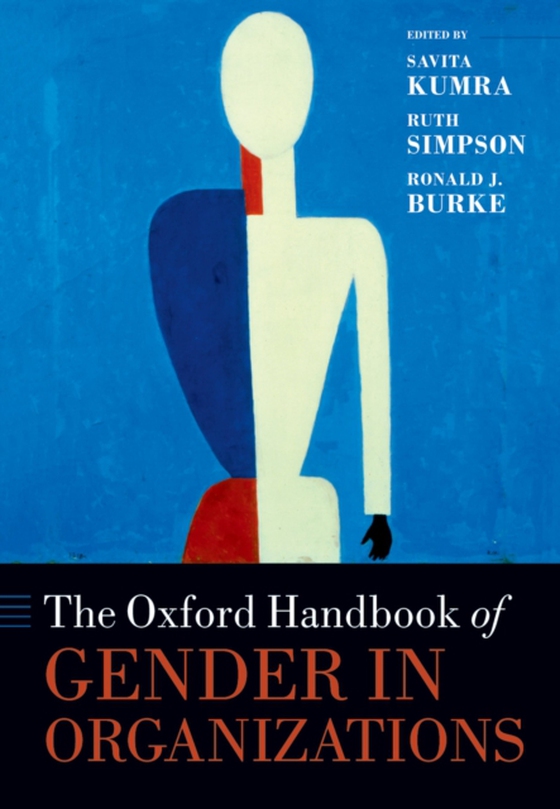
Oxford Handbook of Gender in Organizations e-bog
295,53 DKK
(inkl. moms 369,41 DKK)
The issue of gender in organizations has attracted much attention and debate over a number of years. The focus of examination is inequality of opportunity between the genders and the impact this has on organizations, individual men and women, and society as a whole. It is undoubtedly the case that progress has been made with women participating in organizational life in greater numbers and at m...
E-bog
295,53 DKK
Forlag
OUP Oxford
Udgivet
13 marts 2014
Længde
752 sider
Genrer
JFSJ
Sprog
English
Format
epub
Beskyttelse
LCP
ISBN
9780191632754
The issue of gender in organizations has attracted much attention and debate over a number of years. The focus of examination is inequality of opportunity between the genders and the impact this has on organizations, individual men and women, and society as a whole. It is undoubtedly the case that progress has been made with women participating in organizational life in greater numbers and at more senior levels than has been historically the case, challenging notionsthat senior and/or influential organizational and political roles remain a masculine domain. The Oxford Handbook of Gender in Organizations is a comprehensive analysis of thinking and research on gender in organizations with original contributions from key international scholars in the field. The Handbook comprises four sections. The first looks at the theoretical roots and potential for theoretical development in respect of the topic of gender in organizations. The second section focuses on leadership and management and the gender issues arising in this field; contributors review the extensive literature and reflect on progress made as well as commenting on hurdles yet to be overcome. The third section considers the gendered nature of careers. Here the focus is on queryingtraditional approaches to career, surfacing embedded assumptions within traditional approaches, and assessing potential for alternative patterns to evolve, taking into account the nature of women's lives and the changing nature of organizations. In its final section the Handbook examines masculinity inorganizations to assess the diversity of masculinities evident within organizations and the challenges posed to those outside the norm. In bringing together a broad range of research and thinking on gender in organizations across a number of disciplines, sub-disciplines, and conceptual perspectives, the Handbook provides a comprehensive view of both contemporary thinking and future research directions.
 Dansk
Dansk

